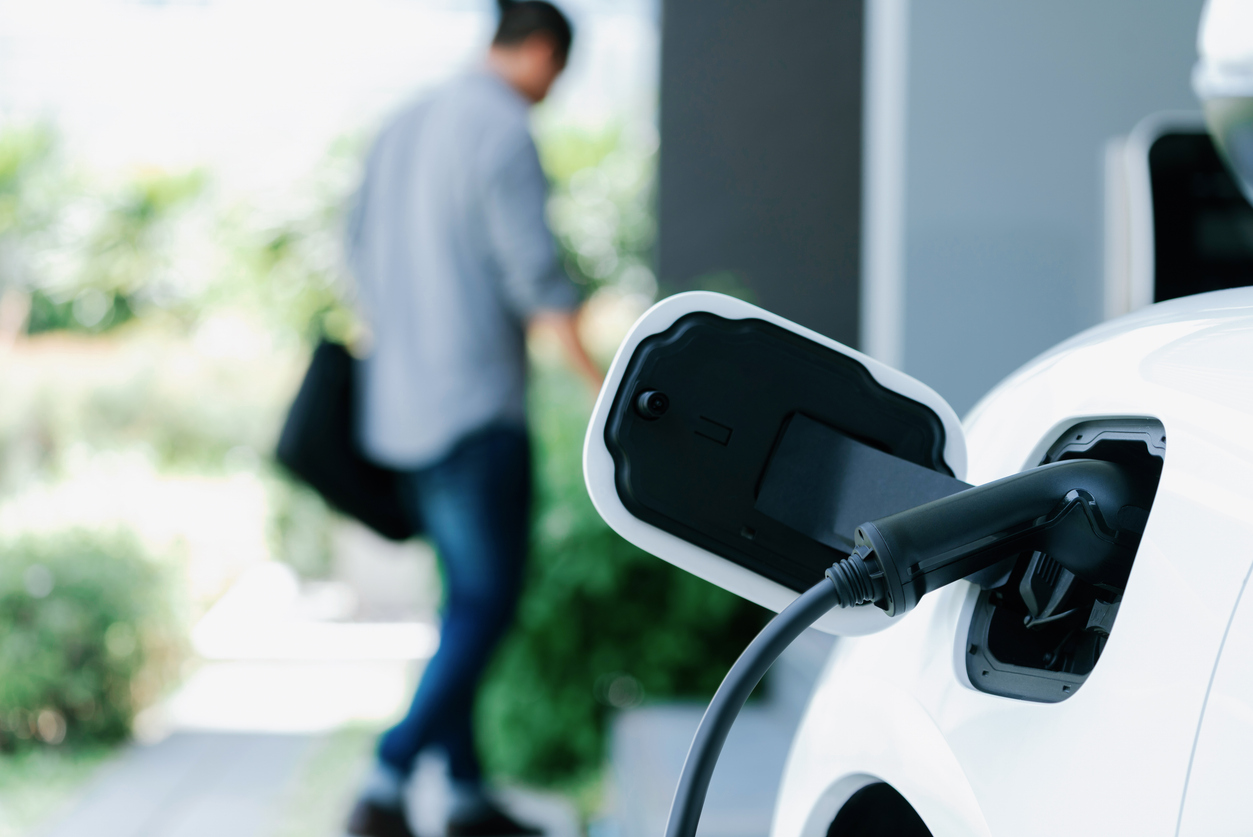Driving Change: The Rising Tide of Electric Vehicles in Tampa Bay and Florida

In recent years, Florida has witnessed a gradual but notable increase in the adoption of electric vehicles (EVs), and the Tampa Bay area stands as a significant contributor to this trend. Ben Chapman, a Tampa resident, exemplifies this shift. Tired of shelling out money on gas for his daily commute, he made the switch to an electric Fiat 500e four years ago. For Chapman, the decision was primarily motivated by the substantial savings on fuel costs.
Across Florida, the embrace of EVs has been steadily gaining momentum, although it didn’t surge as rapidly as in states like California. However, recent data indicates a significant uptick in EV registrations across the state, with metropolitan areas like Tampa Bay leading the charge. President Joe Biden’s recent announcement of stringent tailpipe pollution regulations further signals a potential acceleration of this trend.
According to Thomas Libby, an analyst at S&P Global Mobility, Florida now ranks among the top states in terms of EV adoption, with over 202,000 EVs on its roads as of January. The Tampa Bay area alone accounts for more than 42,000 of these vehicles. However, EV adoption in the United States remains uneven, with factors such as income, age, ethnicity, and geographic location influencing consumer preferences.
While Florida’s urban centers, particularly Miami, exhibit a higher concentration of EVs, areas like Jacksonville lag behind. Tampa Bay falls somewhere in between, experiencing a fivefold increase in the percentage of new car registrations that are electric since 2019. Alisha Lopez, a board member of Drive Electric Florida, notes that as EV prices become more affordable, their popularity extends beyond affluent demographics.
Last year, the Tesla Model Y surpassed traditional best-sellers like the Toyota Corolla, with Tampa Bay contributing significantly to this shift. The area’s preference for less expensive EV models reflects broader affordability concerns among consumers. However, to sustain this momentum, Florida must invest in expanding charging infrastructure and enhancing public awareness about EV technology.
Groups like the Tampa Bay EV Club play a crucial role in educating the public and dispelling misconceptions about EVs. By providing opportunities for interaction with EV owners in a non-sales environment, these initiatives aim to facilitate informed decision-making among prospective buyers.
Javier Guerrero, president of the Tampa Bay EV Club, emphasizes the importance of grassroots efforts in promoting EV adoption. Guerrero, who transitioned to an EV in 2018, acknowledges the role of personal responsibility in addressing climate change, highlighting the urgency of transitioning to cleaner transportation alternatives.
The Biden administration’s new regulations represent a significant step towards reducing carbon emissions and combating climate change. By mandating a gradual transition to electric and hybrid vehicles, the policy aims to mitigate the environmental impact of transportation. George Philippidis, a sustainability expert at the University of South Florida, believes that such measures are essential in driving widespread EV adoption.
While achieving a 50% market share for EVs by 2032 might be ambitious, Philippidis remains optimistic about the potential impact of policy interventions. Ultimately, the collective efforts of policymakers, industry stakeholders, and consumers will determine the success of the transition toward sustainable transportation in Florida and beyond.
